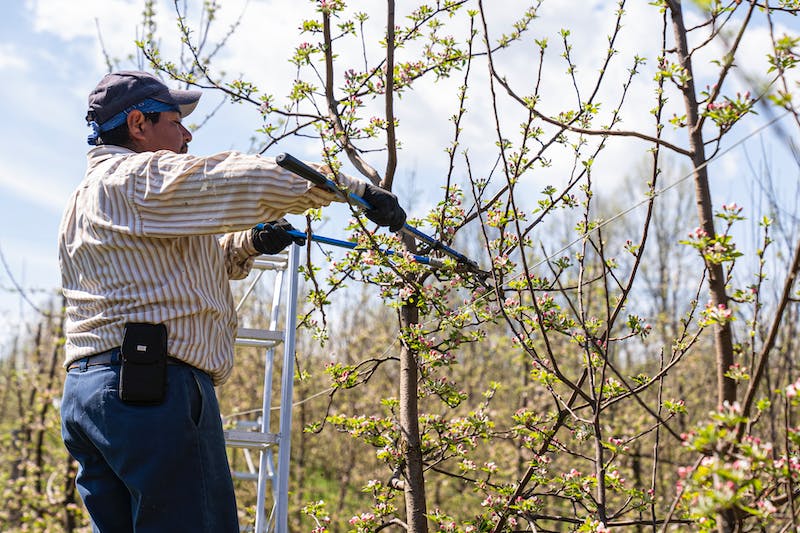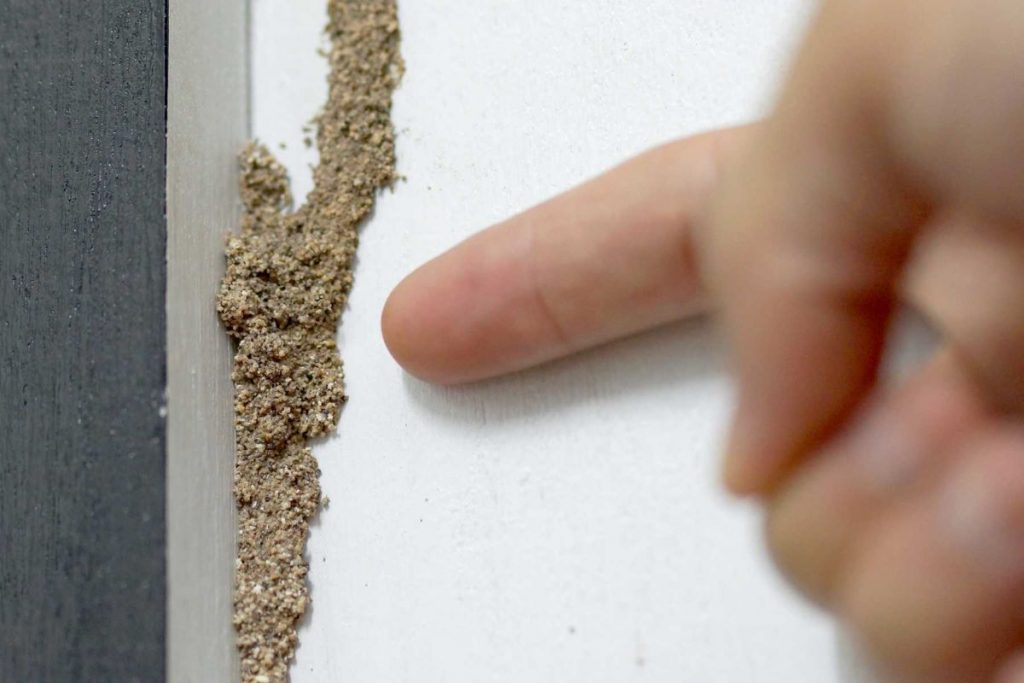Table of Contents
The Craft of Tree Cutting
Tree cutting is an art form that blends skill, safety, and environmental awareness. It’s about much more than just removing branches or felling trees; it’s about maintaining the health of the tree, ensuring the safety of the environment and people around it, and preserving the natural beauty of the landscape. This handbook is designed to guide both novice and experienced tree cutters through the nuances of canopy clearance.
Navigating Tree Cutting Regulations and Services
Before embarking on any tree-cutting endeavor, it’s essential to be aware of local regulations and available services. For instance, in places like Sydney, professional services like Tree Removal Sydney offer expertise in safely and legally managing tree cutting. Understanding the local guidelines and seeking professional assistance when needed is crucial for any tree-cutting project.

Understanding Tree Biology and Health
A fundamental aspect of tree cutting is understanding tree biology. This knowledge helps in making informed decisions about which branches to cut and how to cut them to promote the tree’s health and growth. Factors such as the age of the tree, species, and current health condition should be considered before any cutting begins.
Safety First: Equipping Yourself for the Job
Safety cannot be overstated in tree cutting. This includes wearing the right protective gear, such as helmets, gloves, and safety glasses, and using well-maintained equipment. It’s also crucial to ensure that the area around the tree is clear of people and potential hazards.
The Right Tools for the Task
Choosing the right tools is essential for efficient and safe tree cutting. From hand saws for smaller branches to chainsaws for thicker limbs and trunks, each tool has its specific use. Additionally, equipment like ropes, harnesses, and ladders might be necessary for climbing and accessing higher branches.
Techniques of Tree Cutting and Pruning
Effective tree-cutting and pruning techniques are vital for maintaining the health and appearance of the tree. Techniques like crown thinning, crown lifting, and dead-wooding help improve light penetration and reduce the weight of the crown, which can prevent future damage or tree fall.

Canopy Clearance: Enhancing Tree Shape and Structure
Canopy clearance is not just about removing excess branches; it’s about shaping the tree to enhance its natural form and structure. This involves strategic cutting to balance the canopy and promote a more robust and aesthetically pleasing tree.
Environmental Considerations and Wildlife Protection
Tree cutters must be mindful of the environmental impact of their work. This includes considering the habitat of local wildlife and the overall ecosystem. During nesting season, for instance, extra care should be taken to avoid disturbing birds and other wildlife.
Dealing with Tree Removal and Disposal
Sometimes tree cutting involves removing the entire tree. In such cases, it’s important to plan the removal carefully to avoid damage to surrounding property and ensure safe disposal of the tree. Chipping the wood for mulch or recycling the tree into timber products are environmentally friendly disposal methods.
Aftercare: Ensuring Continued Tree Health
After cutting or pruning a tree, aftercare is essential. This may include watering, mulching, and monitoring for signs of stress or disease. Proper aftercare ensures that the tree continues to grow healthy and strong.
A Respectful Approach to Tree Cutting
Tree cutting, when done correctly, is a respectful practice that balances human needs with the health of the tree and the environment. Whether you’re a professional arborist or a homeowner looking to maintain your backyard, understanding the art and science of tree cutting is key to successful canopy clearance. This handbook aims to equip you with the knowledge and appreciation needed to approach tree cutting responsibly, ensuring the safety, beauty, and health of the trees and environment.








